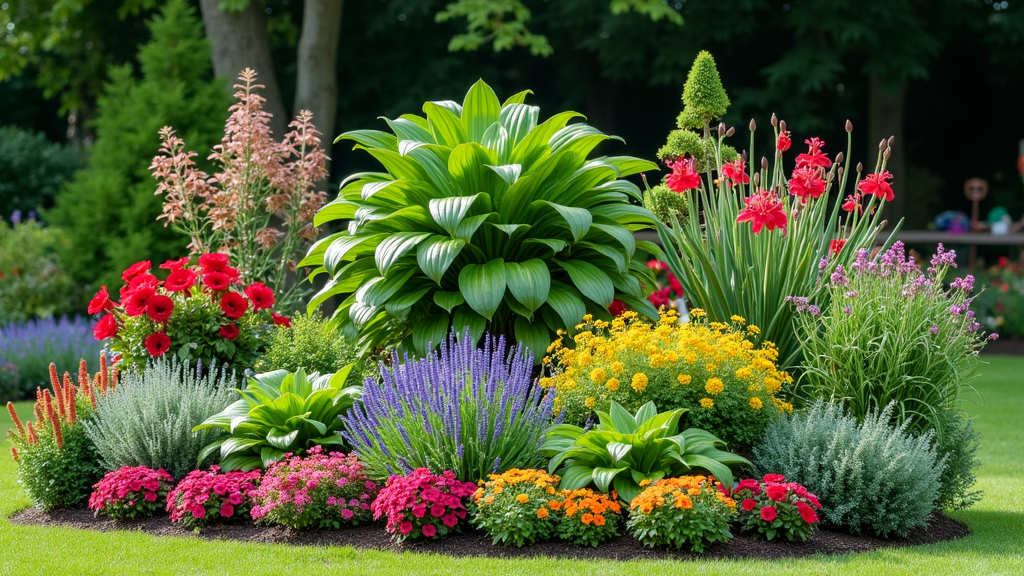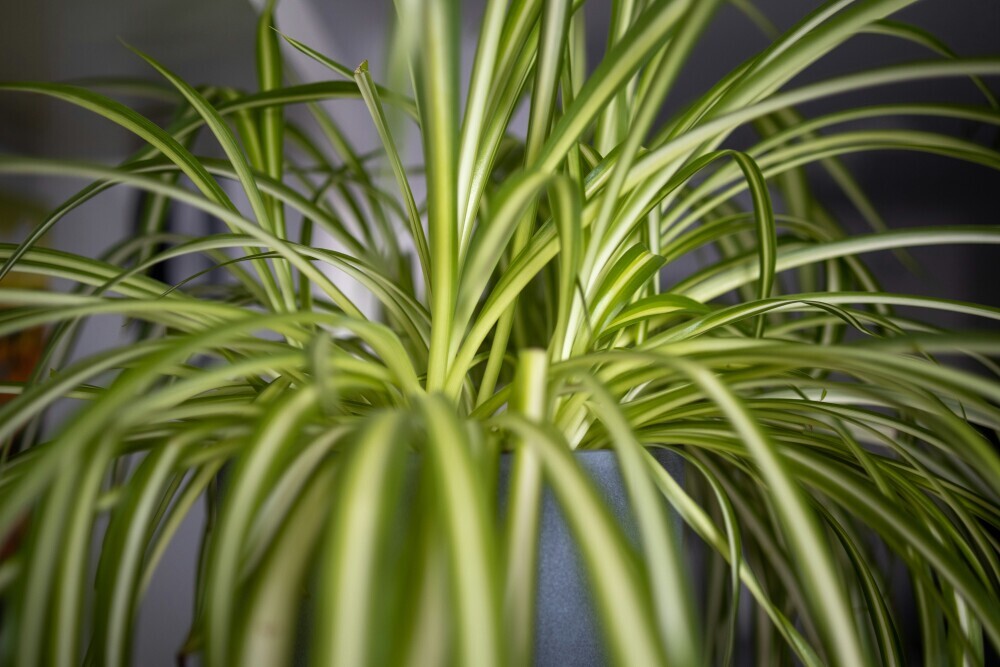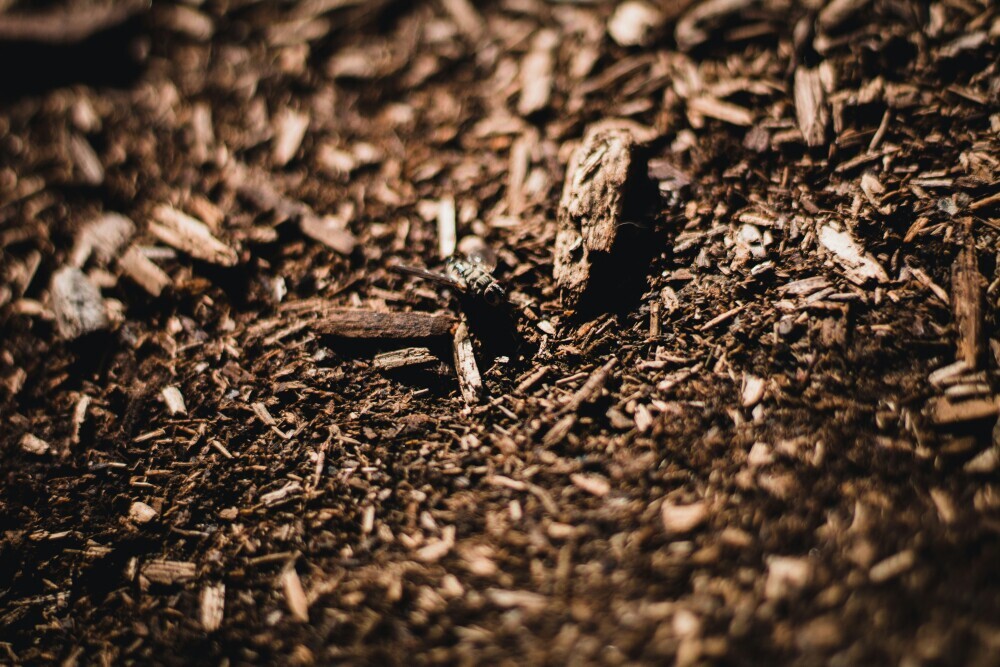Gardening offers a rewarding hobby that transforms outdoor spaces into displays of nature’s beauty. Choosing the right plants for your first garden might seem challenging, but careful planning and a few handy guidelines make it easier. In this article, I provide a garden plant guide that covers plant selection and garden planning for beginner gardening. Whether you’re starting a garden from scratch or adding some color to an existing space, the guidance here can help you choose plants that thrive in your environment.

Essential Tips for Selecting the Right Plants
When you kick things off as a first time gardener, the choices you make play a big role in your garden’s success. The process of choosing the right plants is about understanding the environment where your plants will grow. In this section, I share some basic gardening tips that cover important points such as how to choose the perfect plant and which plants work best for beginners.
Before you even visit a local nursery, consider the following points. Knowing your region’s unique growing conditions and the specific needs of different plants is key to starting a garden that will flourish. The checklist below offers a helpful guide:
- Know Your Hardiness Zone: Understand USDA hardiness zones or the local equivalent. Identifying your zone lets you choose plants that are likely to thrive in your region. Keep microclimates in mind, too; even your backyard might have warmer spots or shady nooks.
- Assess Sunlight Exposure Accurately: It is important to map out where your garden gets full sun (6+ hours), partial sun (3-6 hours), or shade (less than 3 hours). Overestimating sunlight can lead to plant choices that struggle, so be precise with your observations.
- Understand Your Soil Type: Conduct a simple jar test to determine if your soil is clay, sandy, silty, or loamy. This basic step helps in figuring out if amendments like compost, sand, or other organic materials are needed to optimize conditions for plant growth.
- Start With Beginner-Friendly Plants: Choose plants known for their resilience and low-maintenance care. Many native species and herbs like basil and mint, or vegetables such as lettuce and radishes, are forgiving and ideal for new gardeners.
- Choose Based on Purpose: Define what you want your garden to achieve. Whether you are aiming for ornamental beauty, pollinator support, or a productive vegetable patch, this intentionality will guide your plant choices effectively.
- Consider Mature Size and Growth Habit: It is essential to check the mature height and spread of each plant option. Understanding these dimensions prevents overcrowding and helps in planning the garden layout for a balanced look.
- Seasonal Interest and Succession Planting: Look for varieties that offer visual appeal across different seasons. Integrating seasonal plants or planning for successive crops can ensure ongoing color or harvests throughout the year.
- Account for Watering Needs: Group plants with similar water requirements together. This grouping simplifies your garden maintenance and is beneficial for water conservation. If water availability is a concern, consider drought-tolerant options.
- Check for Pest and Disease Resistance: Opt for plant varieties that have been bred to withstand common pests and diseases in your area. This can lessen your gardening challenges significantly.
- Don’t Overwhelm. Start Small: As a first time gardener, begin with a manageable garden size. Starting with a few containers or a small raised bed lets you learn and gain confidence before expanding.

Getting Started with Garden Planning
Planning is a big part of the gardening process. Garden planning begins with a good assessment of your available space. Sketching your garden layout can help you visualize where each type of plant will go. Consider the sunlight, soil type, and existing microclimates within your garden area to arrange plants in a way that gives each one the best chance to grow strong and healthy.
When you plan your garden, it’s essential to answer questions such as how to arrange plants in a garden and what the best order is to plant your garden. I recommend starting with a rough grid design and then adjusting your plan as you gather more precise data on light and moisture patterns. While it might be tempting to fill every inch of space, leaving room between plants helps them to spread without crowding. This spacing is not only practical for growth but also improves the overall look by giving each plant its own space to shine.
For beginners, I always suggest starting with a few reliable options. Resilient varieties reduce the risk of disappointment while you learn the basics of plant care. These selections, although forgiving, provide an opportunity to experiment with combinations that could later serve as a framework for more complex garden designs.
Important Factors in Plant Selection
Choosing plants for your first garden is not only about aesthetics; it’s also a science that involves matching plant needs to your garden’s conditions. Answering the question, how do you choose the best plants for a home garden, is a mix of research and intuition. Here are some factors that you should consider:
Soil and Sunlight: Evaluating both soil conditions and sunlight exposure is fundamental. If your space has heavy clay soil, you might need to amend it or select plants that handle denser soils. Similarly, understanding the directional light patterns helps in picking plants that will bloom and thrive. Using a simple guide such as noting down the differences between morning sun and afternoon shade can give a significant boost to your decision-making process.
Watering and Maintenance: Garden planning should always consider water availability and the level of care that the plants demand. Grouping plants with similar water needs together makes maintenance easier. For instance, clustering succulent varieties together reduces the risk of overwatering delicate species located nearby. This practical approach helps ensure every plant receives the proper amount of hydration.
Plant Purpose and Aesthetics: Clearly define what you want out of your garden. In some cases, a vegetable garden calls for food-producing plants; in others, a flower garden prioritizes color and bloom cycles. When you understand your purpose, choosing plants that complement each other in texture, color, and size becomes much more straightforward and rewarding.
The idea behind these considerations is simple. They allow you to create a garden plan that not only meets your visual expectations but also supports robust plant growth and reduces potential issues down the road.
How to Arrange and Order Your Plants
Once you have selected your plants, arranging them properly in your garden is key to achieving a balanced and thriving landscape. Many new gardeners ask how to arrange plants in a garden in a way that looks organized yet natural.
For a pleasing layout, consider a few important approaches. First, prioritize plants based on their mature sizes. Place taller varieties at the back of a garden bed or in the center of a circular design, and arrange shorter ones along the edges. Think of this process as building layers where each layer builds on the one before it. This method helps create depth and variety, drawing attention to different sections of your garden.
Another strategy involves mixing plant types that bloom at different times. This method of succession planting ensures that your garden stays lively throughout the year. Typically, the ordering of planting begins with early bloomers or seasonal vegetables, followed by mid-season additions, and finally those that bloom later. This planning not only maximizes visual appeal but also contributes to efficient management of garden resources.
Overall, the approach to arranging plants in your garden combines practical planning with a creative touch. It is much like an artist assembling a palette: using complementary colors, varying textures, and different shapes to create a harmonious composition that is both practical and pleasing to the eye.

Advanced Garden Tips for Growth and Maintenance
After your garden is established, there are several techniques that can give a boost to its longevity and appearance. For those seeking advanced gardening tips, consider integrating practices that support continuous growth and a well-organized landscape.
Plan for Seasonal Interest: Gardening is much more than a seasonal activity. Choose plant varieties that offer color and texture throughout the year. By planning successive plantings—such as following radishes with carrots in an edible garden—you ensure ongoing rewards and a dynamic garden all year round.
Grouping by Water Needs: Arranging plants with similar irrigation requirements can simplify watering routines. This method, frequently used in xeriscaping, is both effective in conserving water and ensuring each plant gets the proper hydration it needs.
Monitor and Adapt: Spend time observing how your garden changes with the seasons, and be prepared to adjust your plant choices. Sometimes, shifts in microclimates or unexpected weather patterns can reveal new strengths or challenges in your garden layout. Use these insights to modify your plan accordingly and keep your garden thriving.
Invest in Quality Soil Amendments: Good soil management—in the form of added compost or mulch—can make an enormous difference. Such practices support the soil structure and supply vital nutrients, which in turn leads to robust plant health. Healthy soil is a cornerstone for reducing pest and disease issues, and it ultimately results in a more resilient garden.
The techniques described here are designed to help you maintain an attractive, sustainable garden. Even as you become more confident with your plant choices, these practices serve as a backbone for long-term success and provide valuable insights on how to choose plants that suit both your environment and your goals.

Additional Insights for Sustaining a Vibrant Garden
Beyond the basic planning and plant selection, there are several other areas to consider when creating a garden that stands the test of time. Paying attention to routine maintenance and seasonal adjustments can make a very important difference in the overall look and productivity of your space. For example, periodic soil testing, strategic mulching, and ensuring proper drainage are all practices that help keep your garden in top shape.
It is also beneficial to explore different planting techniques. Rotating crops in a vegetable garden not only helps control pests naturally but also replenishes the soil nutrients. Experimenting with companion planting—where one plant supports the growth of another—can add variety and complexity to your garden. These methods may require some trial and error, but they ultimately lead to discoveries that will improve the overall health and visual appeal of your garden.
In addition, spending time reading about local gardening success stories and asking neighbors for their tips can provide real-life insights. Every garden is unique, and combining personal experience with proven practices is a recipe for success. By taking a proactive approach, you ensure your garden evolves with your growing knowledge and adapts well to seasonal challenges.
This extra layer of attention not only nurtures your plants but also enriches your own gardening experience. It transforms routine maintenance into an adventure where every season reveals new lessons and opportunities for improvement.
Frequently Asked Questions
Question: How do you choose the best plants for a home garden?
Answer: The best plants are chosen by matching their needs with your garden’s conditions. Knowing your hardiness zone, assessing sunlight exposure, and understanding your soil type all contribute to making the right choices. For a beginner, starting with low-maintenance, resilient options helps build confidence in plant selection.
Question: How do you arrange plants in a garden?
Answer: Arranging plants effectively involves planning for height differences and grouping by similar watering needs. Place taller plants in the back and shorter ones in the front. Consider seasonal succession to ensure ongoing interest as different species bloom throughout the year.
Question: What is the best order to plant your garden?
Answer: Begin with early bloomers or seasonal vegetables, follow with mid-season plants, and finish with those that bloom later. This ordering, which makes smart use of succession planting, helps your garden maintain continuous visual and edible benefits throughout the growing season.
Question: How do you choose the perfect plant?
Answer: Choosing the perfect plant means matching its requirements to your garden conditions. Consider factors like your hardiness zone, sunlight, soil type, and watering needs. Additionally, take into account the mature size and your personal goals for the space, whether that means enhancing beauty, producing food, or attracting pollinators.
Wrapping Up Your Garden Journey
Your first garden is a space of experimentation, growth, and enjoyment. With the advice shared in this guide, you now have a solid foundation for how to choose the right plants for your first garden. Taking the time to assess your hardiness zone, sunlight exposure, and soil type, plus starting with beginner-friendly plants, sets you up for success and helps convert your garden vision into reality.
Remember that gardening is a continuous adventure. As you gain experience, you will develop a sense for what works best in your unique environment. Whether you are aiming for an edible garden, an eye-catching floral display, or a mix of both, careful garden planning and thoughtful plant selection are the keys to creating a space that is both practical and beautiful.
Enjoy starting your garden and allow each new season to serve as a lesson. With persistence, creativity, and a willingness to learn, your outdoor space can transform into a vibrant showcase that reflects both your personal taste and the natural beauty of the environment.


This is a great website for beginners or for people like me who do not have a green thumb! i didn’t realize that you can’t just take a plant and stick it in the dirt! It might grow and it might not ! I will definately come to this website when I start my next garden!
Thank you so much for your kind words! I’m thrilled to hear you’re finding the site helpful. You’re truly right, there’s definitely a little more to it than just planting and hoping for the best, but with a few basics under your belt, gardening becomes so much more fun and rewarding.
Whenever you’re ready to start your next garden, I’ll be here with lots of tips and ideas to help you succeed, green thumb or not! Don’t hesitate to reach out if you have any questions along the way.
Your Garden Guides
This is such a helpful and thorough guide for new gardeners! I really appreciate how it emphasizes planning based on sunlight, soil, and hardiness zones—those are details beginners often overlook. In my opinion, starting small with a few easy-to-grow plants like herbs or native flowers not only builds confidence, but also keeps the process fun instead of overwhelming. I also love the idea of grouping plants by water needs—smart for both the plants and the gardener! One thing I’d add is the importance of observing your garden daily—small changes can teach you a lot about what works. Curious to hear what other beginner-friendly plants people have had success with.
Thank you so much for your thoughtful feedback! I’m so glad you found the guide helpfu, you’re right that starting small with easy-to-grow plants like herbs or native flowers is a wonderful way to build skills and confidence without feeling overwhelmed. Grouping plants by water needs really does make a big difference, both in plant health and in simplifying garden care.
I love your point about daily observation, it’s one of the best habits a gardener can develop! Noticing those little changes teaches you so much about your plants’ needs, timing, and even potential problems before they escalate.
I’d also love to hear what beginner-friendly plants others have had success with! Feel free to share — the more ideas we gather, the better for everyone starting their gardening journey.
Don’t hesitate to reach out to me if needed.
Your Garden Guides